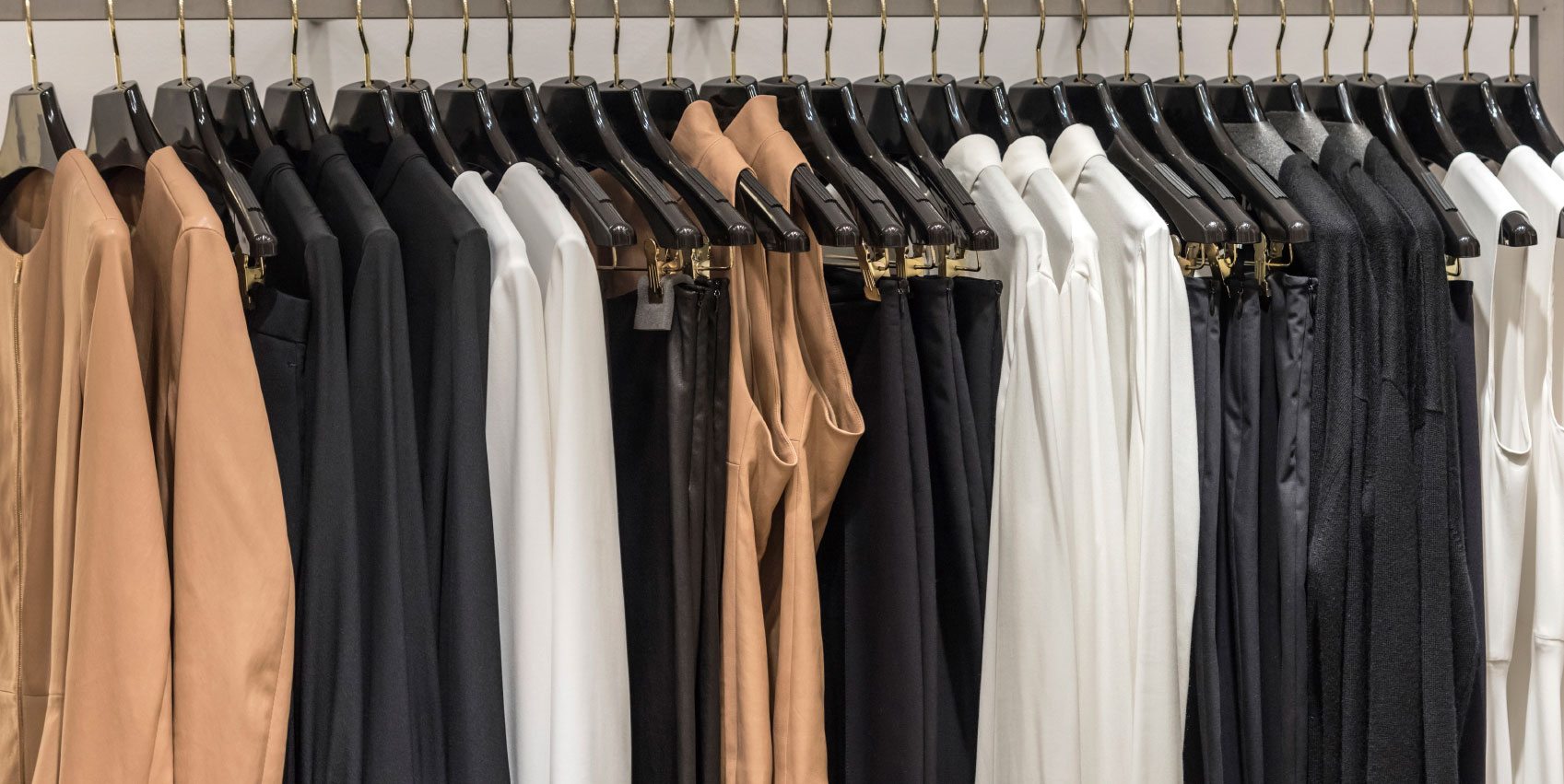From the time they are teens going to prom, up through attending their own children’s weddings, men have been renting tuxedos, returning them, and thinking nothing of it. Women, on the other hand, have purchased many an item that was worn once or maybe a few times, whether they liked it (the perfect cocktail dress) or not (think “27 Dresses”). But the sharing economy is changing all that. And industry experts recognize both the pros and cons of this phenomenon that only seems to be growing.[quote]
Services like Rent the Runway, Le Tote, Gwynnie Bee (for plus sizes), Borrow for Your Bump (maternity), and Weddington Way, Union Station, Vow to Be Chic, etc., (for yes, those bridesmaid dresses) are giving women affordable options. Some sites have a 4-day rent-and-return policy. Others have a monthly membership, where entire outfits are delivered and women can wear and return them, or purchase something she really likes.
Celebrity stylist Phillip Bloch says such services could be a good idea, but he has reservations.
“It promotes fashion as well as the idea of people looking good,” Bloch states. “And it could be good for the designer community because they’re moving product. But it’s hard to imagine a woman renting a Nanette Lepore dress and then buying that label at some point in the future because she got a taste for designer clothes. I don’t really think renting or sharing stimulates the economy.”
Boston Retail Partners’ Laura Sossong maintains that while rental services increase brand visibility, there is a risk they may detract from the prestige of luxury brands.
“Those with a brand image that thrives off exclusivity could tarnish their image by granting more access to the masses, which is counter to the interests of most designer and haute couture labels,” she says. Still, she adds, “While rental services do have brand risks, it can be great opportunity to attract new young customers to become future brand enthusiasts.”
When Uber advertised anyone could have their own personal car service and Airbnb allowed everyday people to stay in British castles or Parisian flats, suddenly what was once aspirational had become realistic. That’s the idea behind the apparel sharing, too. And it’s especially appealing to post-recession Americans who have changed their spending habits and are either looking for bargains or are practicing conscious consumption.
Sharing or renting life’s luxuries, then, can be seen as a positive regardless of financial disposition. More than half of consumers (51 percent) say they are very or somewhat optimistic about their personal financial situation, according to the Cotton Incorporated Lifestyle Monitor™ Survey. This is similar to responses in 2013 and 2014, but up from 48 percent from levels in 2011 and 2012. Consumers are less bullish about the U.S. economy, with 43 percent saying they are “very or somewhat optimistic,” which is still up significantly from responses over the past five years (37 percent, combined average).
Prosper Insights & Analytics’ Pam Goodfellow, consumer insights director, says apparel rental services are good for the industry in general.
“They provide customers with access to merchandise they might not otherwise be able to afford, thereby shifting some focus off the knock-offs and copies that are so readily available – which are what really serve to cheapen the industry,” Goodfellow says. She says rentals can serve as an initial “point of entry” with potential customers who can’t afford a full retail purchase at the moment. “Rental services also introduce these ‘entry-level’ shoppers to premium materials, fabrication, and quality, which could help realign shoppers’ buying strategies from some of the fast-fashion/one-season-only type of garments to investment pieces.”
Designer labels carry an intrinsic value that appeals to the consumer desire for better-made, better-quality clothes. And nearly 8 in 10 consumers (79 percent) say they are “very or somewhat concerned” about apparel quality when shopping for clothes online, according to Lifestyle Monitor™ data. Consumers also say fiber content information (52 percent) would be influential in their ultimate decision to get clothes online. Fully 80 percent of shoppers prefer natural fibers like cotton and, compared to manmade fibers, the majority say cotton clothes are the most comfortable (69 percent) and breathable (68 percent).
The ability to obtain a designer dress or major label outfit for a fraction of the retail cost would appeal to the 75 percent of Lifestyle Monitor™ respondents who say they enjoy bargain hunting.
Sossong points out that affluent consumers will continue to purchase designer clothes and likely won’t entertain the idea of renting. However, for average Americans, “Sharing services appeal to consumers’ desires to have the latest fashions and maintain a constantly evolving closet.”
A quarter of consumers say they shop for most of their clothes at mass merchants (up from 22 percent five years ago), according to the Lifestyle Monitor™ data. It follows then that a woman would jump at the chance to wear designer apparel — even if only for a night.
“This is also reflective of the social media-tizing of the world,” Bloch remarks. “Girls have taken to wearing something only once because if you wear something to a party or wedding, everyone sees it on social. So there’s less attachment to a dress. The snobby part of me says, ‘Why should anyone get to wear designer?’ But, really, why not?”
